CCTV News: Spring returns to the earth, and everything grows. At present, spring plowing is gradually rolling out in the land of the motherland. As more and more scientific and technological means are investing in agricultural production, new farmers are using their hard work and wisdom to go to this agreement with nature.
At present, early rice transplanting work has been carried out in many places in southern my country. In Yulin, Guangxi, some seedlings have grown to the standard of transplanting fields. In order to complete rice planting as soon as possible, a large amount of machinery has been invested in the local area.
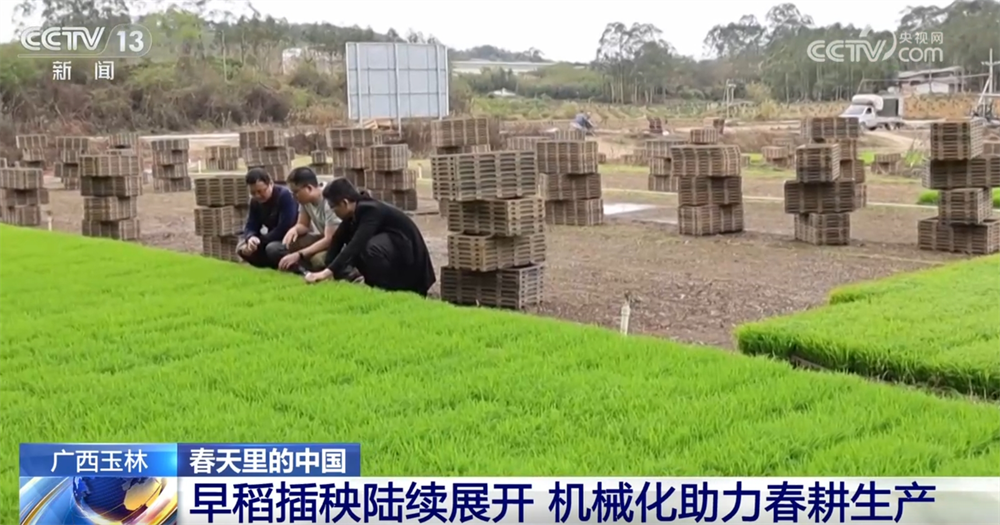
In a seedling cultivation center in Luchuan County, Yulin City, green seedlings thrive. The earliest batch of seedlings sown have met the standards and are being transported to farmers' paddy fields one after another.
The paddy fields are also busy. As multiple transplanters work back and forth, rows of green seedlings are neatly and evenly inserted into the fields.
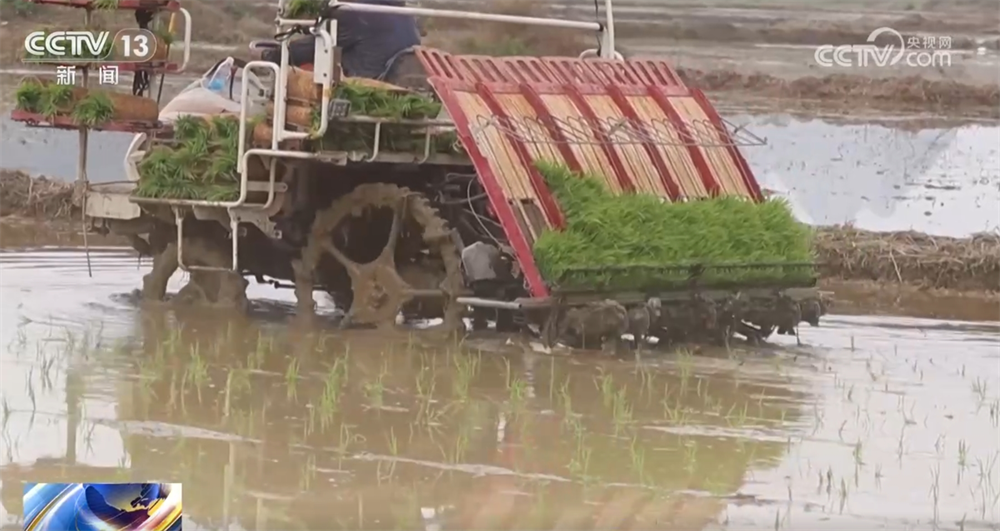
This year, Yulin City plans to plant early rice with more than 1.72 million mu. As of now, the local area has invested more than 120,000 (sets) of agricultural machinery to help early rice production, and the early rice planting area has been completed. It is expected that all early rice transplanting operations can be completed in early April.
Fujian Xiapu: Automatic sowing + intelligent seedling cultivation, and the "acceleration" of spring plowing
Since mid-March, early rice transplanting work in Fujian has been underway. In the past two days, in Xiapu County, Ningde City, the local area has accelerated the seedling cultivation operations through scientific and technological means such as automatic seeders and intelligent darkening workshops.
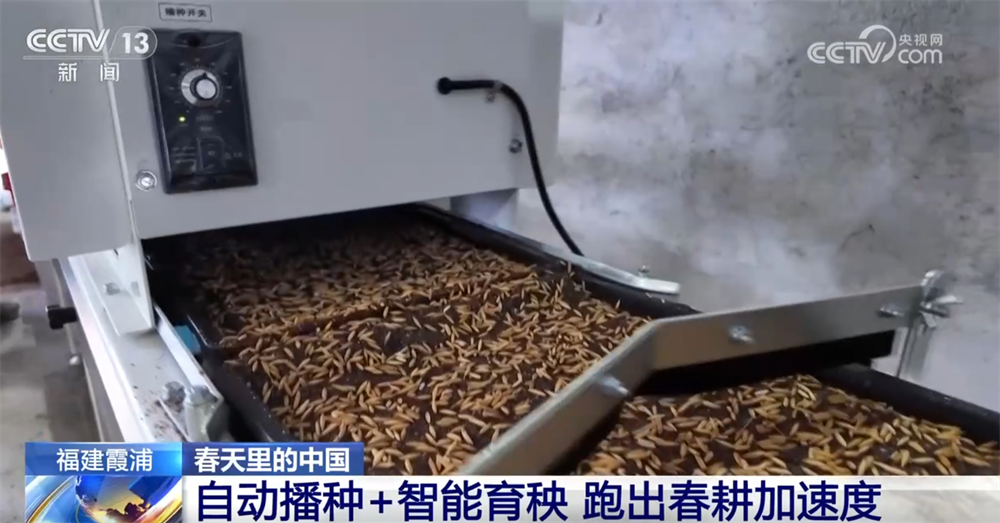
At an intelligent seedling cultivation center in Xiapu County, Ningde City, an automatic seedling machine is carrying out sowing operations. The seedling tray is automatically sprinkled, sowed and covered with soil through the conveying platform. According to reports, the seeding machine can meet the seedling needs of 33 acres of rice fields in one hour, and in the past, at least 10 skilled workers needed to complete the work for 8 hours. After sowing, the seedling tray will be sent to the intelligent darkening workshop to promote uniform germination of seeds.
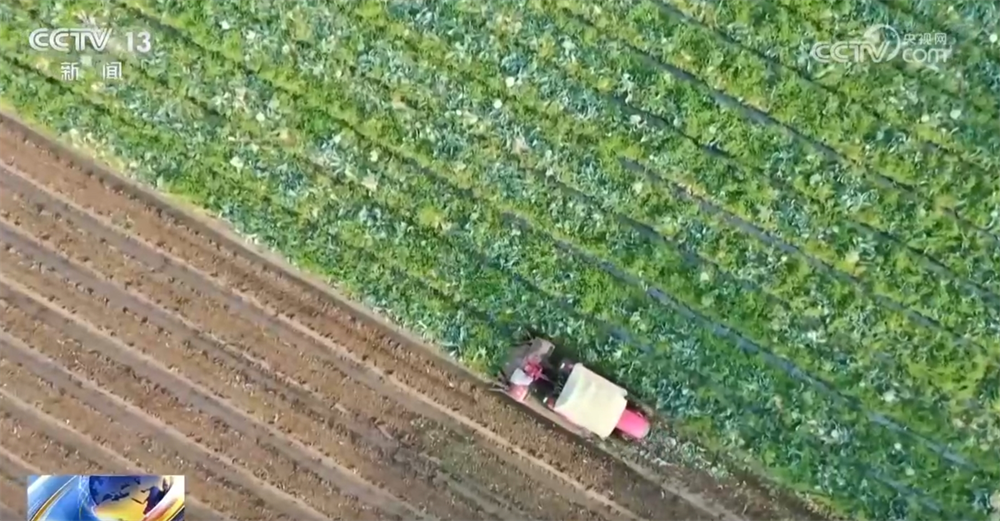
After the seedling cultivation is completed, early rice transplanting operations must be started. In the past two days, local farmers have used rotary tillers equipped with Beidou navigation system to tilt and level the land, preparing for transplanting rice.
Guangping, Hebei: Spring irrigation is the right time, and the Yellow River water moistens the vast wheat fields
The "Tour of Drainage and Replenishing the Drainage Project" alleviates the water shortage in central and southern Hebei Province by diversion of water from the Yellow River, and at the same time provides ecological and water supply guarantees for Baiyangdian and Xiong'an New Area. Passing through five cities including Puyang, Henan and Handan, Hebei, it achieved its first water access in 2017. Now winter wheat is gradually returning to green and entering a critical period of spring irrigation. Guangping County, Handan, Hebei Province has leveraged the transit advantage of the "Tour Yellow River into Hebei to Replenish the Dynasium" project, allowing the Yellow River water to moisten the vast wheat fields.
On March 12, in the wheat fields in Nanxiaoliu Village, Shilipu Town, Guangping County, the water network pipeline connected to the canal extended to the ground, and the villagers were irrigating the wheat and returning green water. The Yellow River water flows into the wheat fields along the canal, nourishing the wheat seedlings.
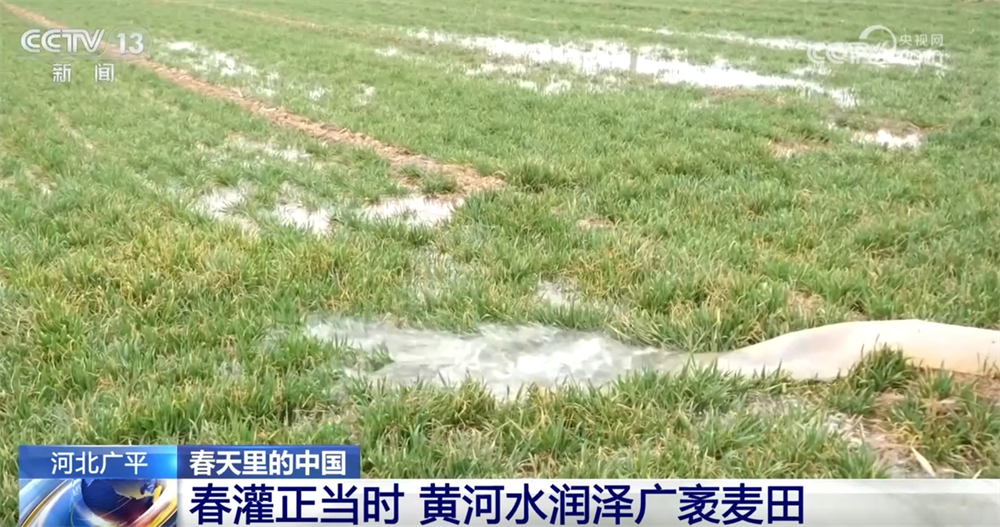
Villager Yang Zhien told reporters that he used well water to irrigate the land, but he could not water a mu of land in half a day; now he can use ditches to irrigate three mu of land in one hour, and save more than ten yuan per mu of land, saving time and money.
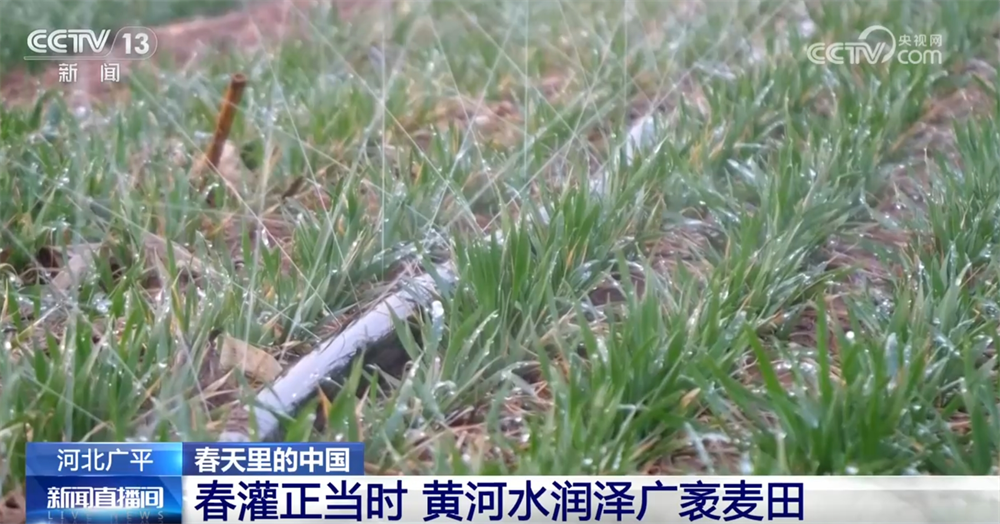
The reporter learned from the Guangping County Agriculture and Rural Affairs Bureau that in recent years, the local government has fully utilized the advantages of the "Tour Yellow River into Hebei and Replenish the Diand" project to transit, with a total investment of 170 million yuan, dredging more than 200 kilometers of rural water network in the county, forming a water system pattern of interconnection of rivers and lakes, ditches, ponds, and mutual introduction and mutual assistance of water sources, and realizing the use of Yellow River water to irrigate farmland. This year, Guangping County transferred 42 million cubic meters of Yellow River water, effectively reducing groundwater mining. At present, 150,000 mu of wheat fields in more than 100 villages in seven townships and towns in Guangping County have been irrigated by Yellow River, accounting for more than half of the county's arable land.
Taizhou, Jiangsu: "Spring Plowing on Water" has begun and scientific breeding benefits are high. In the fields, growers are busy preparing for spring plowing. On the water, farmers also began to invest seedlings. Recently, agricultural technicians from Taizhou, Jiangsu have guided farmers to scientifically release shrimp and crab seedlings at various aquaculture bases.
At an aquaculture base in Yema Village, Huagang Town, Hailing District, Taizhou City, the breeder took bags of macadamia shrimps and shrimp seedlings from the cart, checked the survival status of the shrimp seedlings and moved them to a small boat, and then rode the boat to the pond to start evenly distributing them.
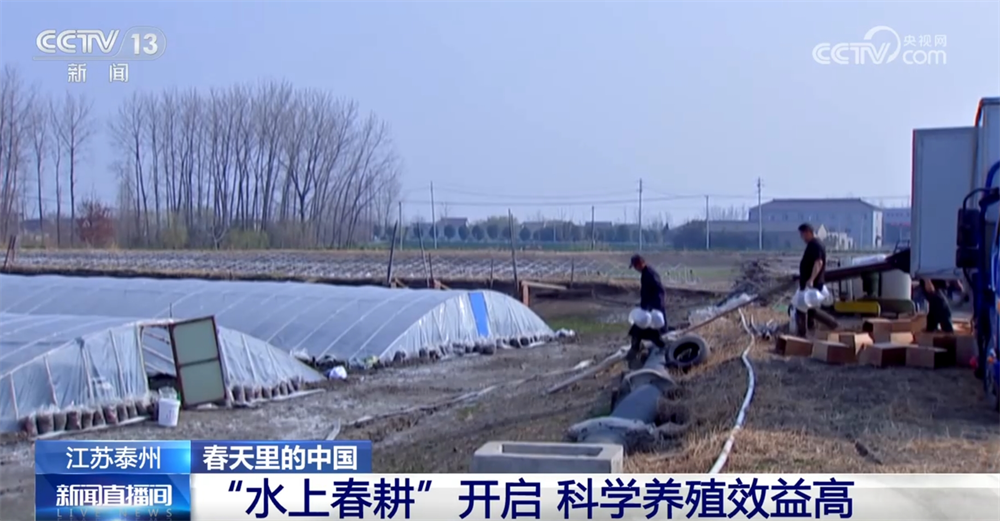
In order to create a good growth environment for shrimp seedlings, the base has built 19 greenhouses on the breeding pond this year. By automatically adjusting the water temperature, dissolved oxygen content and other parameters, the survival rate of shrimp seedlings was further shortened to 90 days and launched in advance.
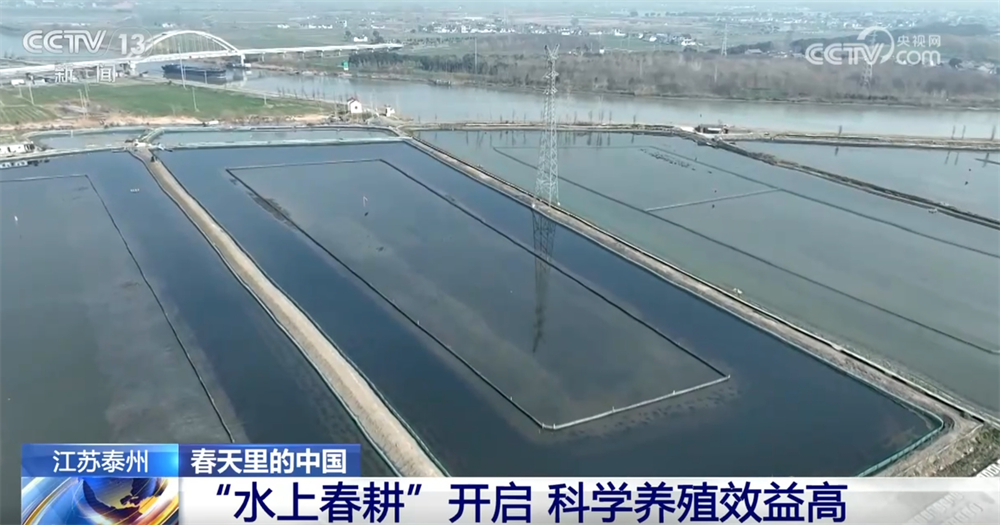
This is a crab pond in Tangzhuang Village, Chenbao Town, Xinghua City, Taizhou. Aquatic products experts are also guiding farmers to stock crab seedlings and shrimp seedlings. In recent years, the local area has vigorously promoted the breeding model of river crabs for green shrimp. In spring, farmers will put shrimp seedlings in the crab pond.
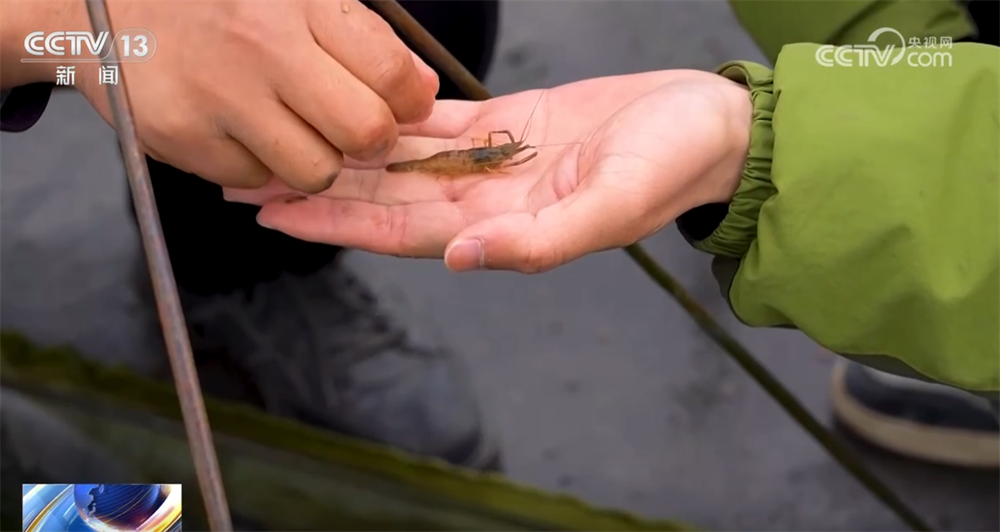
At the end of June, large-scale green shrimps can be caught and launched, while green shrimps with eggs are placed accurately in the crab pond at 40 per mu, "selling big shrimps and keeping small shrimps" saves breeding costs.







